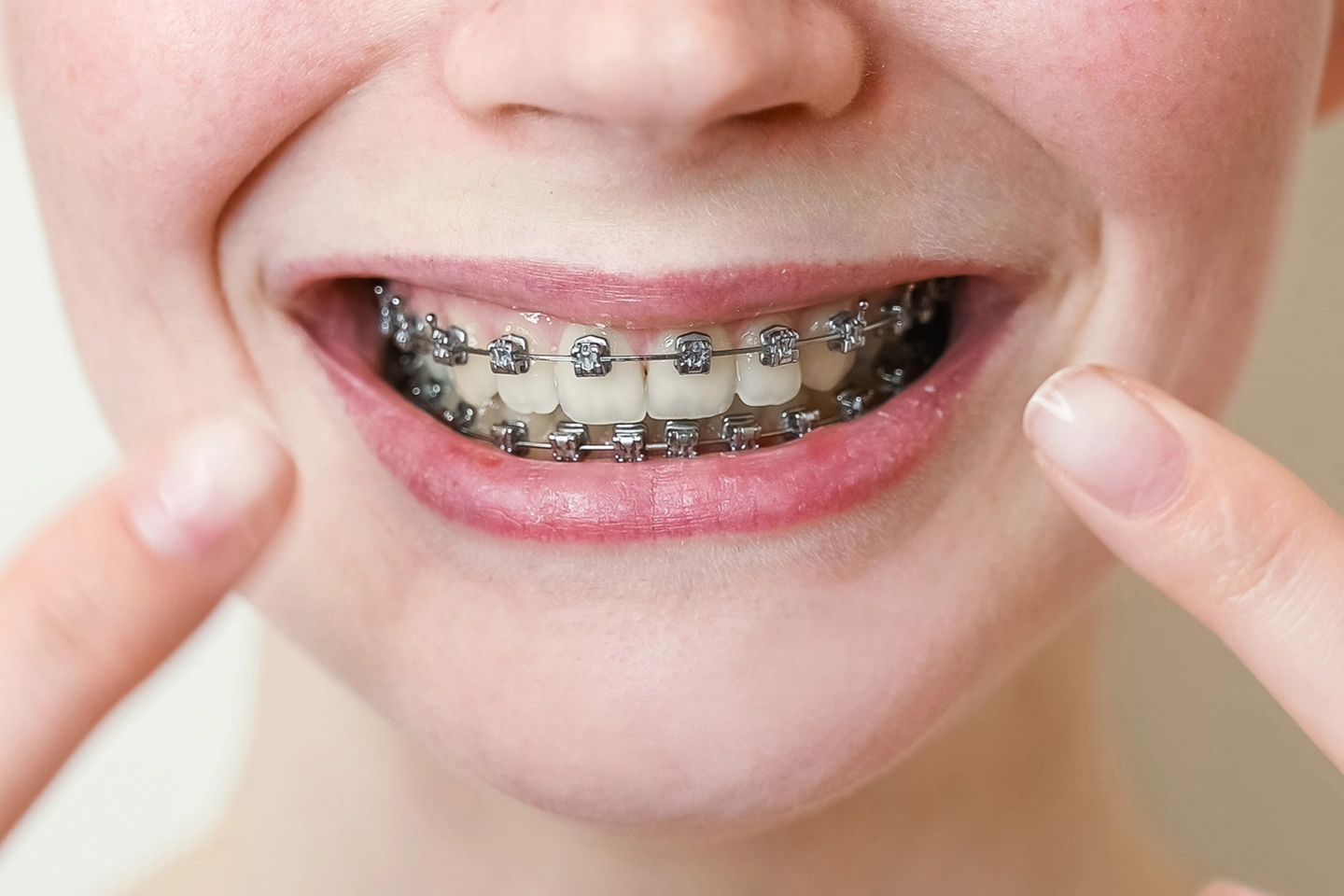Dental Braces: Indications, Complications And Restrictions
Jul 22, 2023

Dental braces are wire-like appliances usually made up of metal which are used to fix the misaligned teeth or you can opt for a clear aligner treatment. There are several types of braces each working in a slightly different manner but all of them have the ultimate goal to correct the alignment of the teeth.
Indications Of Dental Braces
Paediatric dentists in Quincy MA will recommend you to have dental braces if you have the following problems:
- Crooked Teeth: if your teeth are crowded or protrudes, they need to be straightened.
- Gaping Teeth: if there is a significant gap in between the teeth, this space can be closed by crowding the teeth a little bit.
- Malocclusion: malocclusion means that teeth of both the jaw do not meet properly during a bite. It is called overbite if upper teeth overlap the lower teeth too much vertically. It is called underbite if the lower teeth overlap the upper teeth vertically
Complications Of Dental Braces
There are several complications if you do not use braces for your misaligned teeth as
- Decreased Self-Esteem: You will become more self-conscious about the appearance of your teeth
- Eating Problems: This happens for the people having malocclusion of the teeth.
- Poor Oral Hygiene: Crowded teeth often create more problems during cleaning, flossing. It can lead to plaque formation due to food particles remnants.
- Tooth Decay: the dental plaques can cause tooth decay
- Teeth Damage: protruded teeth are more prone to damage
- Headaches: this can be due to straining in the muscles around the jaw.
Types Of Braces
There are different types of braces each having its own pros and cons. Your paediatric dentist in Quincy MA will recommend you the best braces depending upon your oral condition and your preference.
- Traditional Metal Braces: these braces have three components as
- Brackets: these are glued to the surface of the teeth.
- Wires: It is flexible and connects all the brackets to the band
- Bands: these are ring-shaped which encircles the moral teeth and provides support for the whole framework
- Elastic Ties: it is like a rubber band and ties the wire to the brackets.
- They are also known as hidden braces. They have many disadvantages as they are difficult to fix, clean, adjust, and uncomfortable to the tongue.
- Invisible Braces: these braces are totally different as they are not made of wires, brackets, or ties. They are made of clear transparent plastic aligners that fit over your teeth as a cover and are barely noticeable. They are also called removable braces because they are manually removed before eating, brushing. About 90% of people are suitable for these types of braces. They are as effective as metal braces.
Eating Restrictions With Dental Braces
Your paediatric dentist in Quincy MA will advise you to strictly prohibit some kinds of foods as it can cause damages to the fixed braces. With removable braces, these restrictions don’t apply
- Avoid biting fruits such as apples, raw carrots, radish, corn cob. These foods should not be eaten by biting directly
- Avoid hard fruits like nuts
- Avoid sticky foods like chewing gum, caramel, and tough meat.
- Avoid biting hard things.
Preparation Of Dental Braces
Preparations for the fixation of the braces involve
- Oral Examination: Your paediatric dentist in Quincy MA will carry out a complete examination of your teeth, jaws and gumsThey are visible and associated with an increased risk of tooth decay
- Self-Ligating Braces: due t they are similar to the traditional metal braces, but it doesn’t use elastic ties. These are more hygienic than above because they don’t hold much food due to the absence of elastic ties.
- Ceramic Braces: These braces use metal as the wire but ceramic for the brackets. The ceramic or wires can be made teeth coloured to make them less appealing. They are more expensive than metallic braces and elastic bands get stained if not cleaned properly.
- Lingual Braces: these metallic braces are fitted to the backside of your teeth so they are apparently invisible from the outside.
- X-Ray: In order to determine the position of misaligned teeth and their root canals, several x-rays can be done.
- Plaster Models: A plaster model of your teeth will be created using the impression of your bite. This plaster model is then evaluated by your dentist to make the right plan.
- Fixation Of Braces: In the next visit, braces would be fixed and it usually takes around 2 hrs.
- Periodic Adjustments : The movement of teeth is controlled by adjusting the wires and brackets on subsequent visits.
Results With Dental Braces
Dental braces are very effective and sometimes astonishing results are achieved. The success rate is about 98%. Dental braces work most efficiently when the jaw and teeth are still growing which means up to the age of 14 but braces are effective at any age and one should not delay if there is a need for braces.





